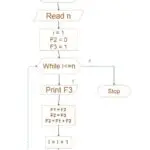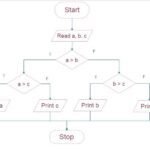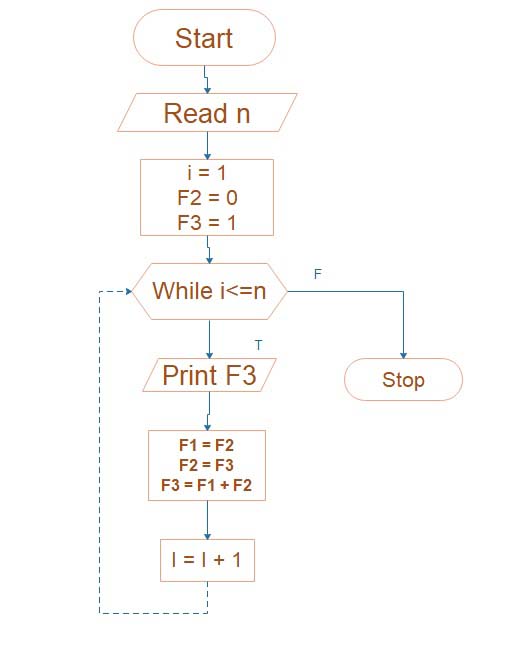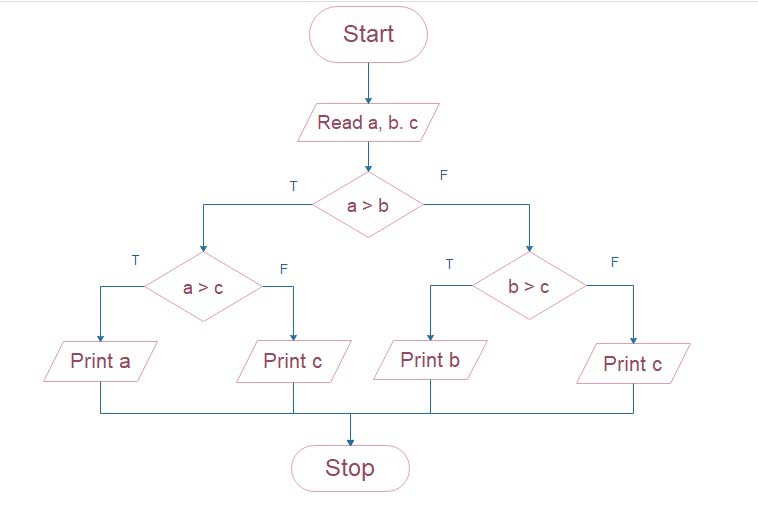Force exerted on curved plate
Force exerted by a jet on a fixed curved plate
Jet strikes the curved plate at the centre
- Sign a jet of water strikes a fixed curved plate in the middle as shown in Fig.
- Some jet after striking the plate comes out with an identical velocity if the plate is smooth and there is never a loss of energy due to the impact of the jet, into the tangential direction of the curved plate.
- This velocity at the outlet of the plate can be resolved within two components, one in the direction of the jet also the other perpendicular to the direction of the jet.
- Component of velocity in the direction of jet = -v cosθ.

(-ve sign is taken as the velocity at an outlet is in the opposite direction of the jet of water coming out from the nozzle).
Component of velocity perpendicular to the jet = v sinθ
Force exerted on the jet into the direction of the jet,
@ Fx = Mass per secx (Vx1 – Vx2)
where,
Vx1 = Initial velocity in the direction of jet = v
Vx2 = Final velocity in the direction of jet = – v cosθ
Fx = ρav {v – (-v cosθ)}
= ρav (v + v cosθ)
= ρav^2 (1 + cosθ)
@ Fy = Mass per secx (Vy1 – Vy2)
where,
Vy1 = Initial velocity into the direction of y = 0
Vy2 = Final velocity into the direction of y = v sinθ
Fy = ρav [0 – vsinθ]
= ρav^2 sinθ
The -ve sign means that force is acting in the downward direction.













